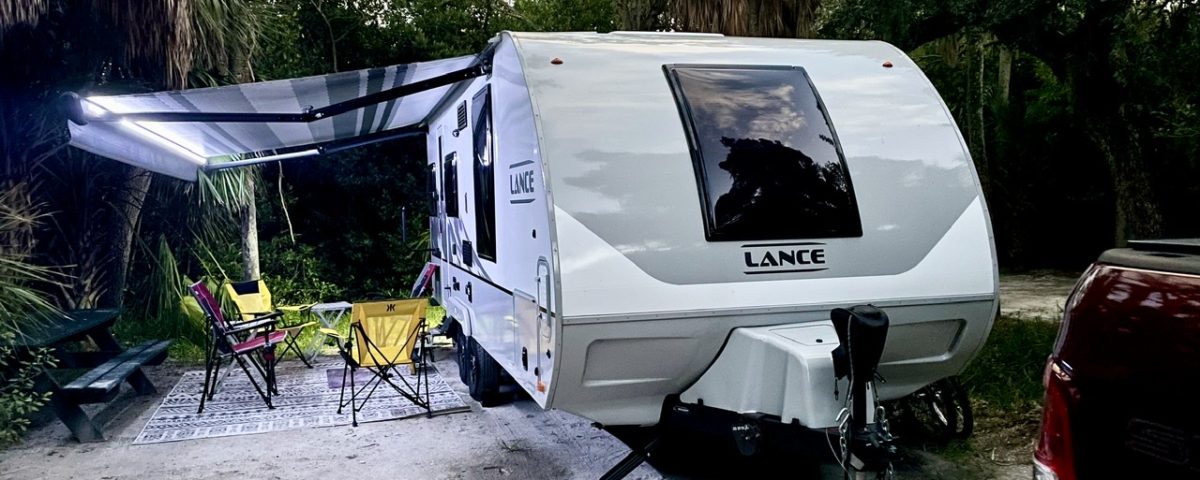Koblenz
Koblenz was the second German city on our recent Viking River cruise. It is one of the oldest cities in Germany, dating back over 2,000 years. It began as a Roman city in 9 BC and was a Frankish royal seat in the 6th century. Much later, its medieval history included the Order of Teutonic Knights beginning in 1216.
It was a gorgeous, sunny day for our tour. While waiting for it to begin, I noticed the sycamore tree in the photo below. I am not aware of ever seeing a tree like it before. It was quite beautiful. We also saw many more sycamores on our tour of Koblenz that day.

Our Guide
Our Viking local guide, Karin, was amazing! She is 84 years old and incredibly sharp. Moreover, she did not appear to have any mobility issues. Her knowledge of the city was nice, but more importantly, her positive attitude and the successful way she is aging was inspirational.

The German Corner
Koblenz is at a strategic place at the crossing point of the Rhine and Mosel Rivers. Thus, it became known as the “German Corner.” Germany and France has hotly disputed the area throughout history.
The statue below of William I is a monument for a unified Germany, which was originally erected in 1897. The original was destroyed during WW II, but a copy was reinstated in 1993 when German unity was considered complete.

Koblenz’s Old Town
Our tour of Kloblenz was exclusively in the Old Town and there was a lot to see. However, I understand that there are parts of the city that are quite modern.
The giant thumb below was the work of artist, Cesar Baldaccini. It is a six-foot bronze work modeled upon the artist’s thumb. The detail in the sculpture was impressive!

The historic building below currently houses the Ludwig Museum. We did not have an opportunity to visit, but enjoyed the exterior of the 800 year old structure that began as Teutonic Knight’s House.

There is a lovely restaurant, Addacio, to the right in the photo below. But, it was not yet open during our tour. However, the owner allowed our tour guide’s group to use their restroom. It was so nice! If I should find myself in Koblenz again, I would love to have a meal there.

The City Hall dates to 1695 and includes three connected buildings with different styles of architecture. The building was a Jesuit school during the 1600s. The hall is located on what is called Jesuit’s Square.

Koblenz Churches
Basilica of St. Castor
The Basilica of St. Castor is the oldest Koblenz church, which was originally constructed in the 9th century. Through excavations, they have uncovered evidence that the site was used for religious ceremonies as far back as the first century.
Our tour didn’t have access to the church, but I sure would have loved to go inside.

The grounds in the photo below were adjacent to the basilica. It was a pristine and lush area.

City Church
A nondenominational city church is housed in the building that was formerly a Jesuit structure. The entrance is beautiful and is very much old world.

The inside of the church is much more modern. Our tour guide told us that she attends this church and she was also married there.

An enormous peacebell is at the front of the church.

The Spitting Boy
The French occupied Koblenz in 1794 – 1814 and it resulted in many boys born to French soldiers and German women. The boys were street urchins and known for pranks. Subsequently, Koblenz residents have embraced the idea of those cheeky boys as being clever and fun-loving.
The Spitting Boy Fountain pays homage to those boys. It’s base has images of these boys acting in mischievous way. Intermittently, the boy on top of the fountain spews a stream of water that extends beyond the fountain.

The city also embraces the spitting boy in other ways. For example, it displays the image of the boy upon its manholes.

Other City Sights in Koblenz
The area of the city we visited included cobblestoned streets and some interesting small shops.

I found the gorilla in the store window very expressive. Didn’t feel the need to buy it, but I liked it.

A tram runs through the city, but barely fits in the narrow street.

Koblenz In Conclusion
So, Koblenz was fun and a little bit whimsical. It certainly wasn’t something that I expected from this ancient city, but it was another wonderful day on our Viking Rhine River Cruise.
Our previous stop in Germany was Cologne. If you have an interest in German cities , check it out.


